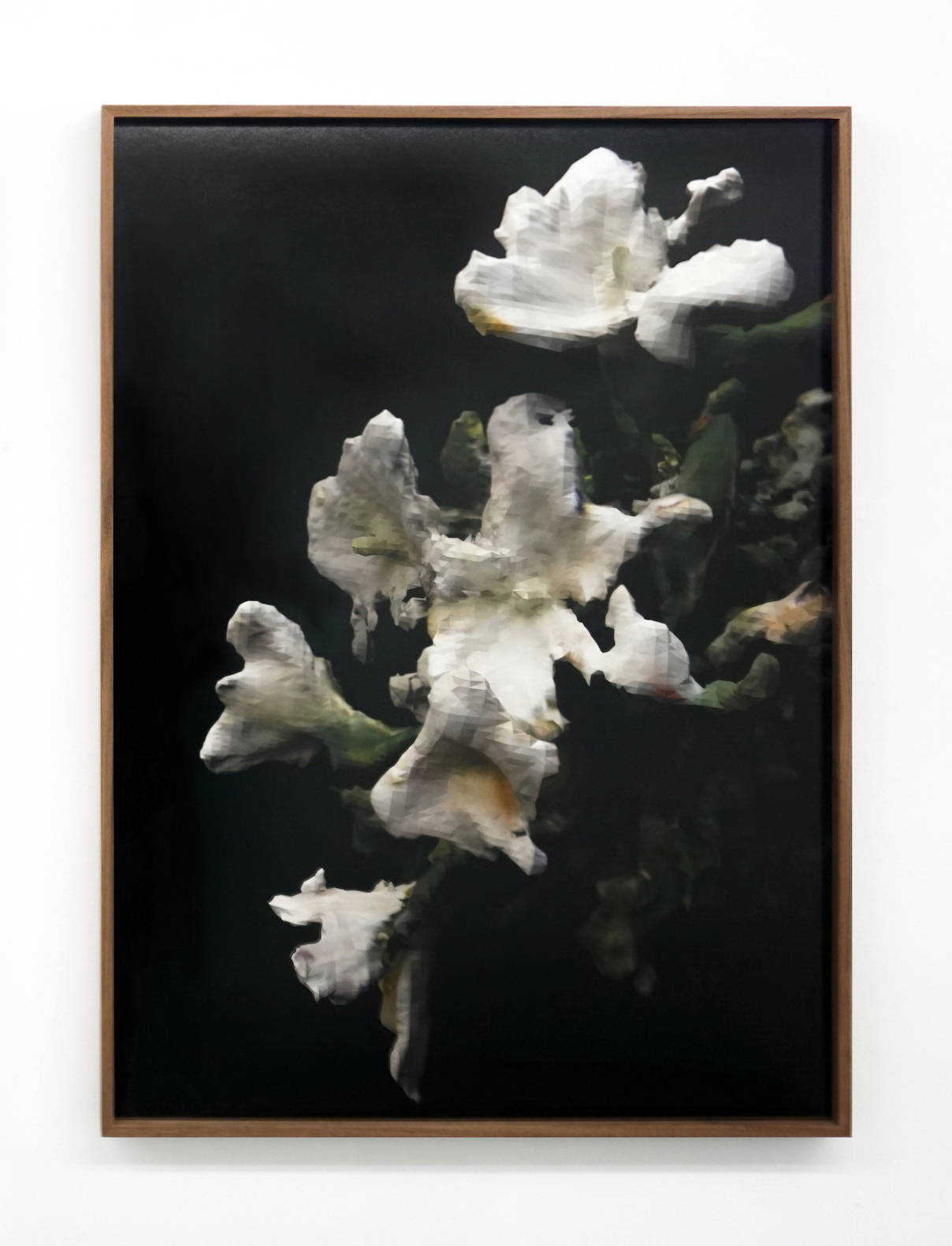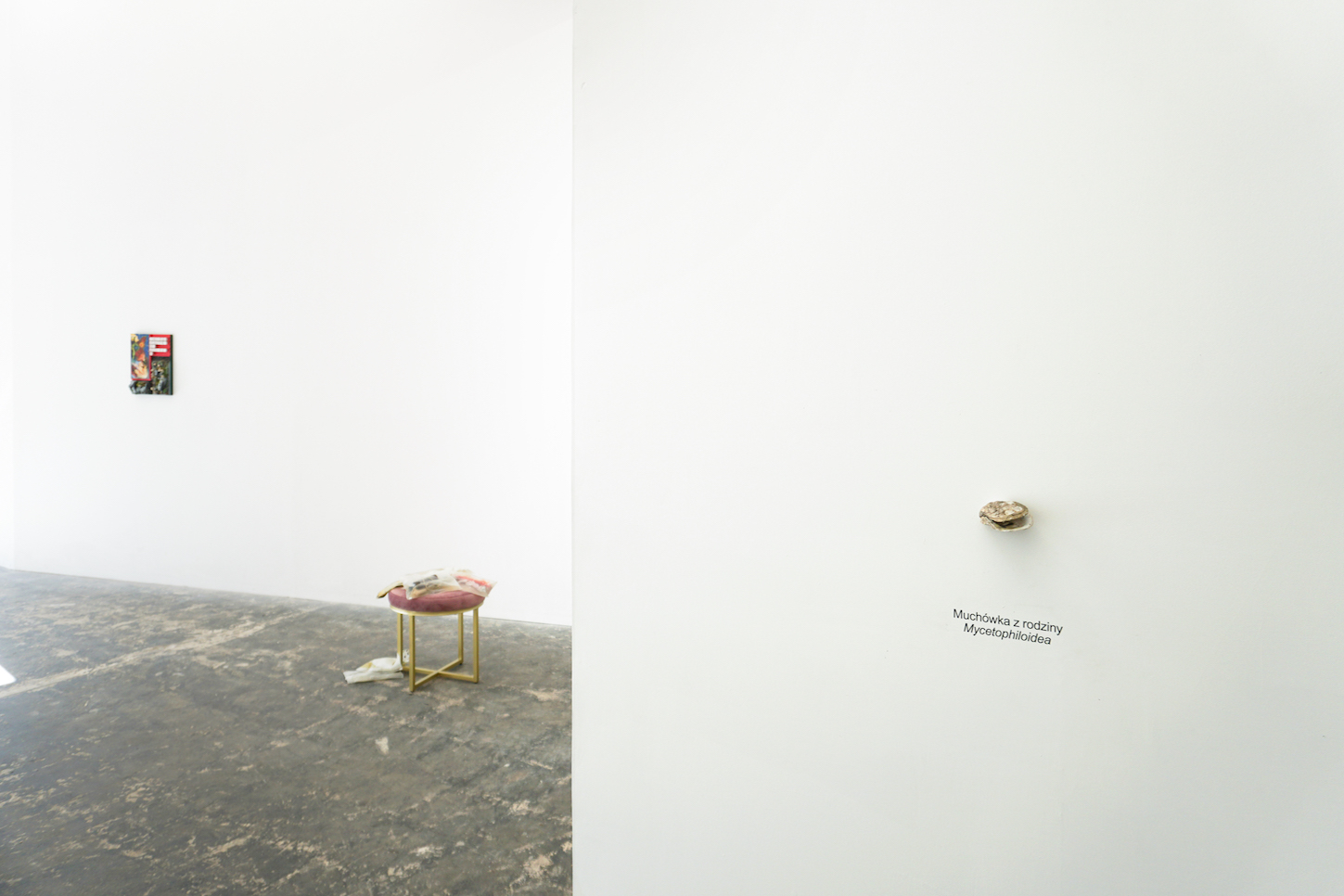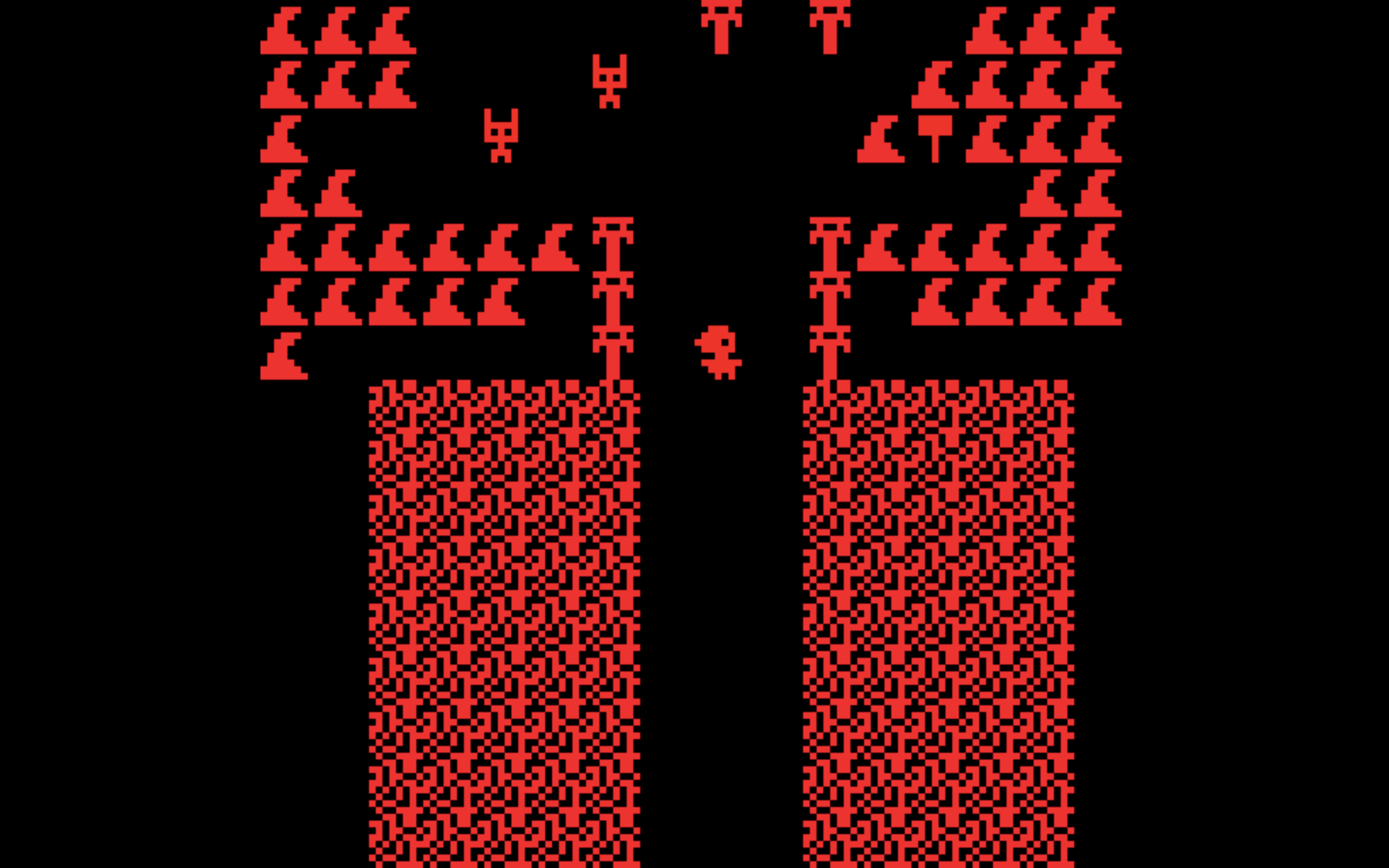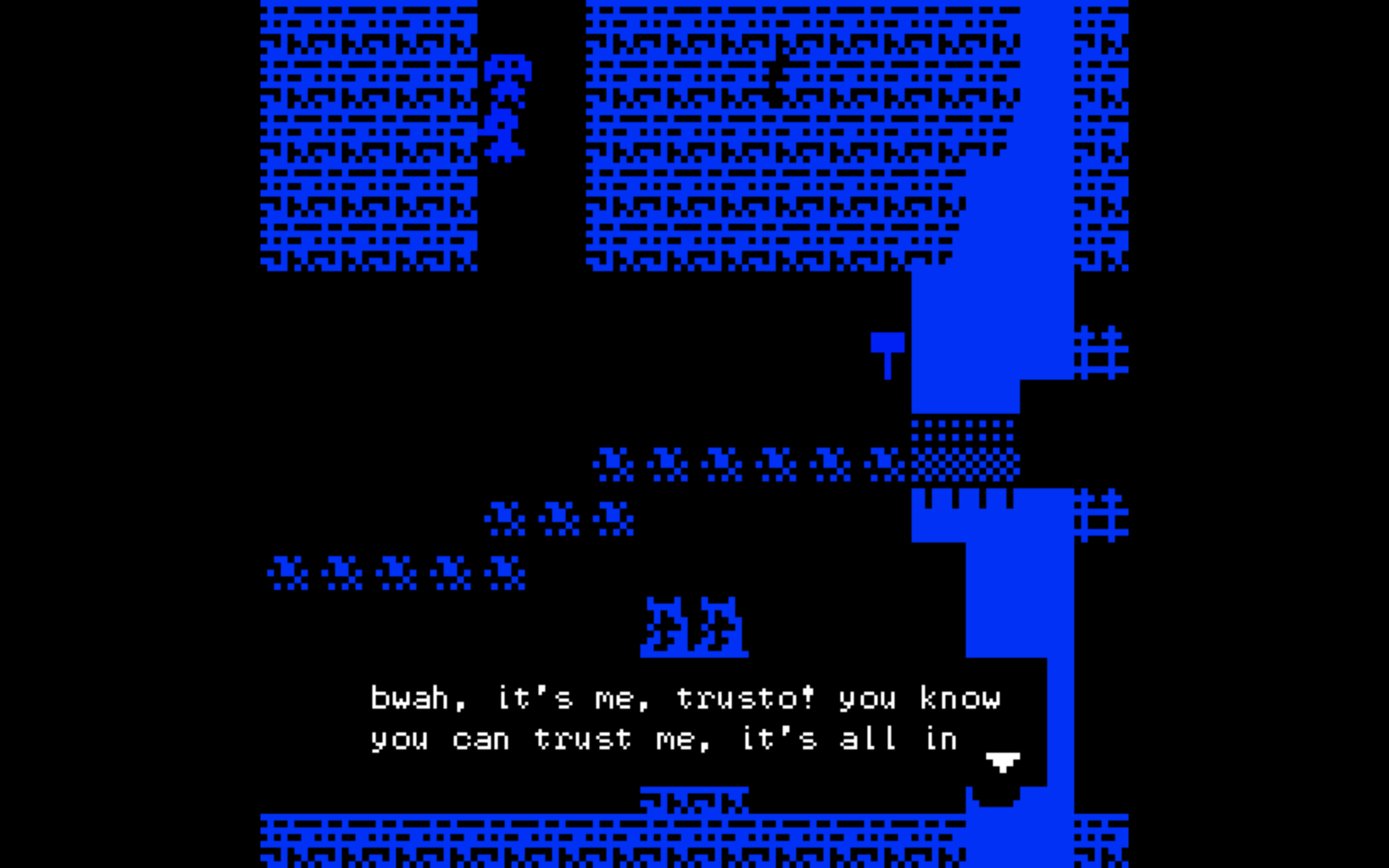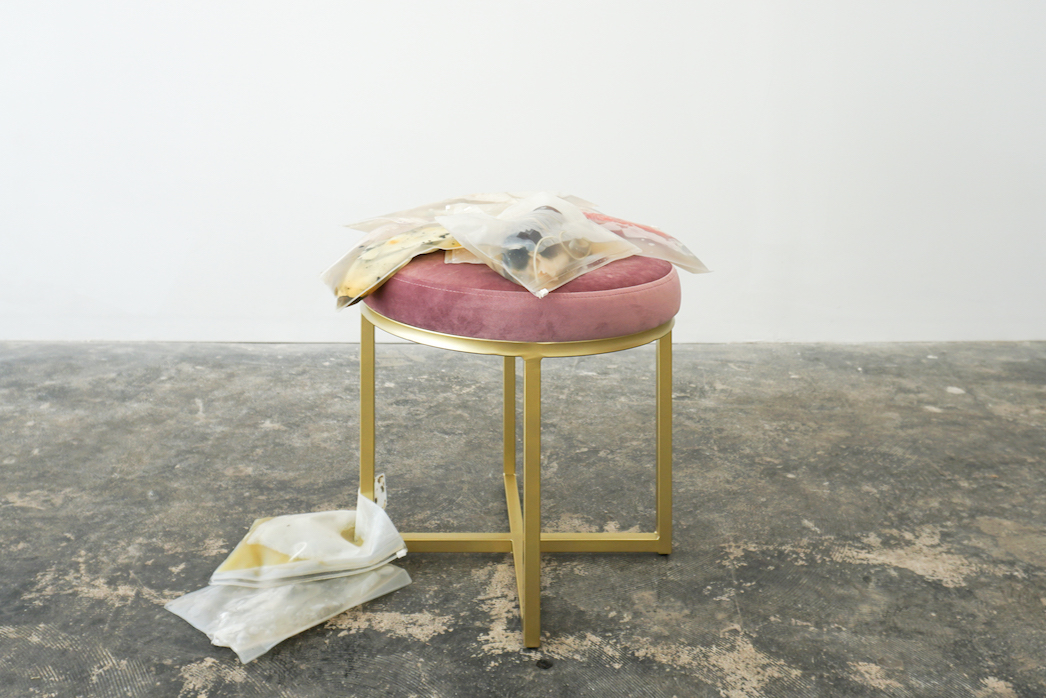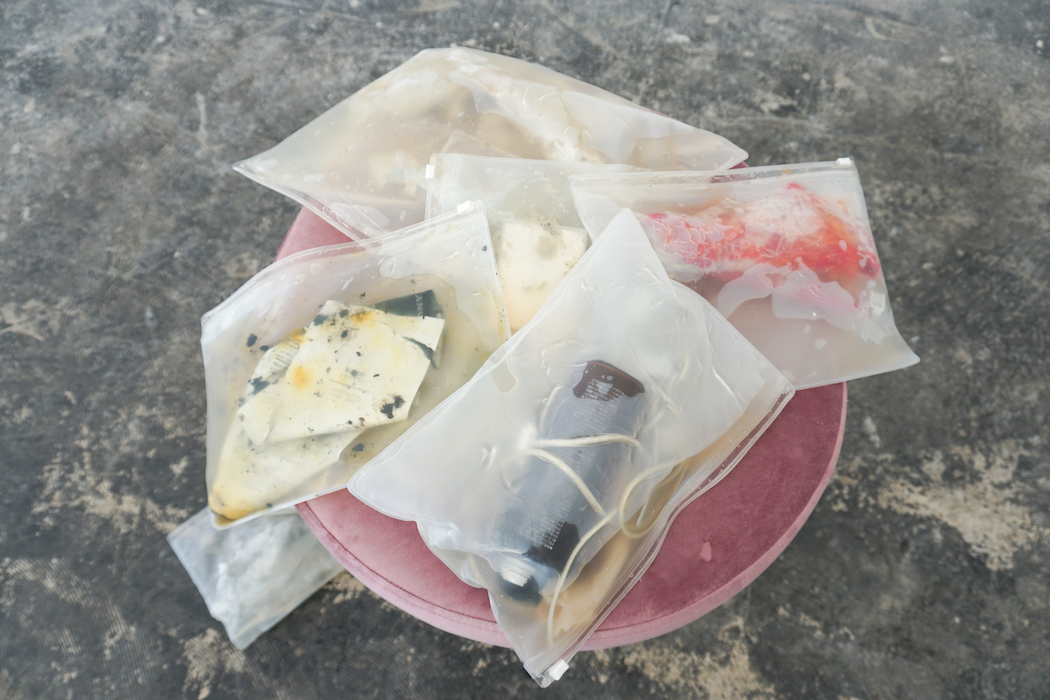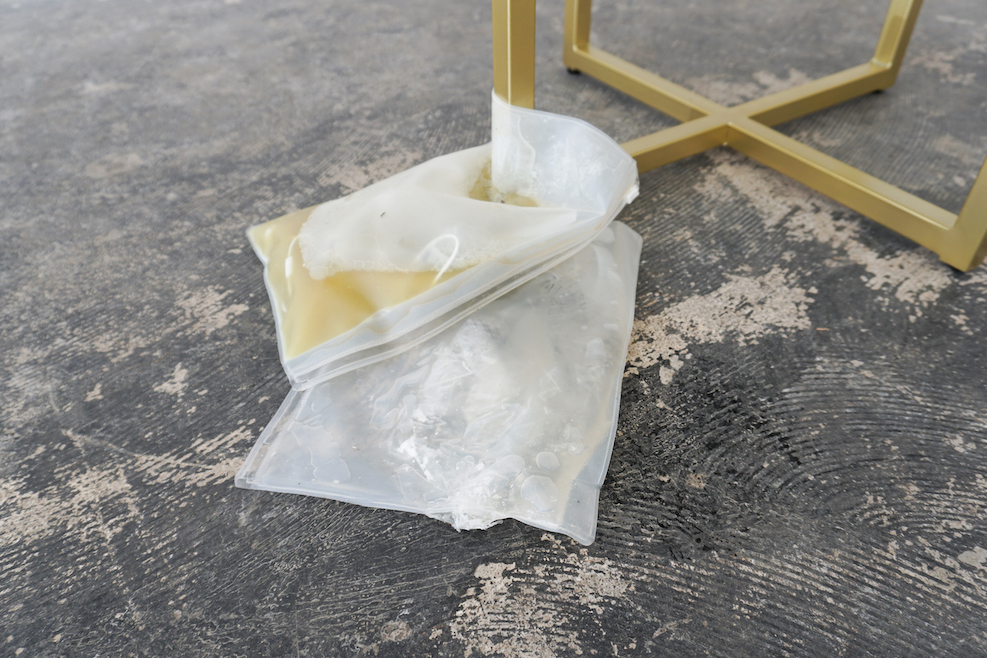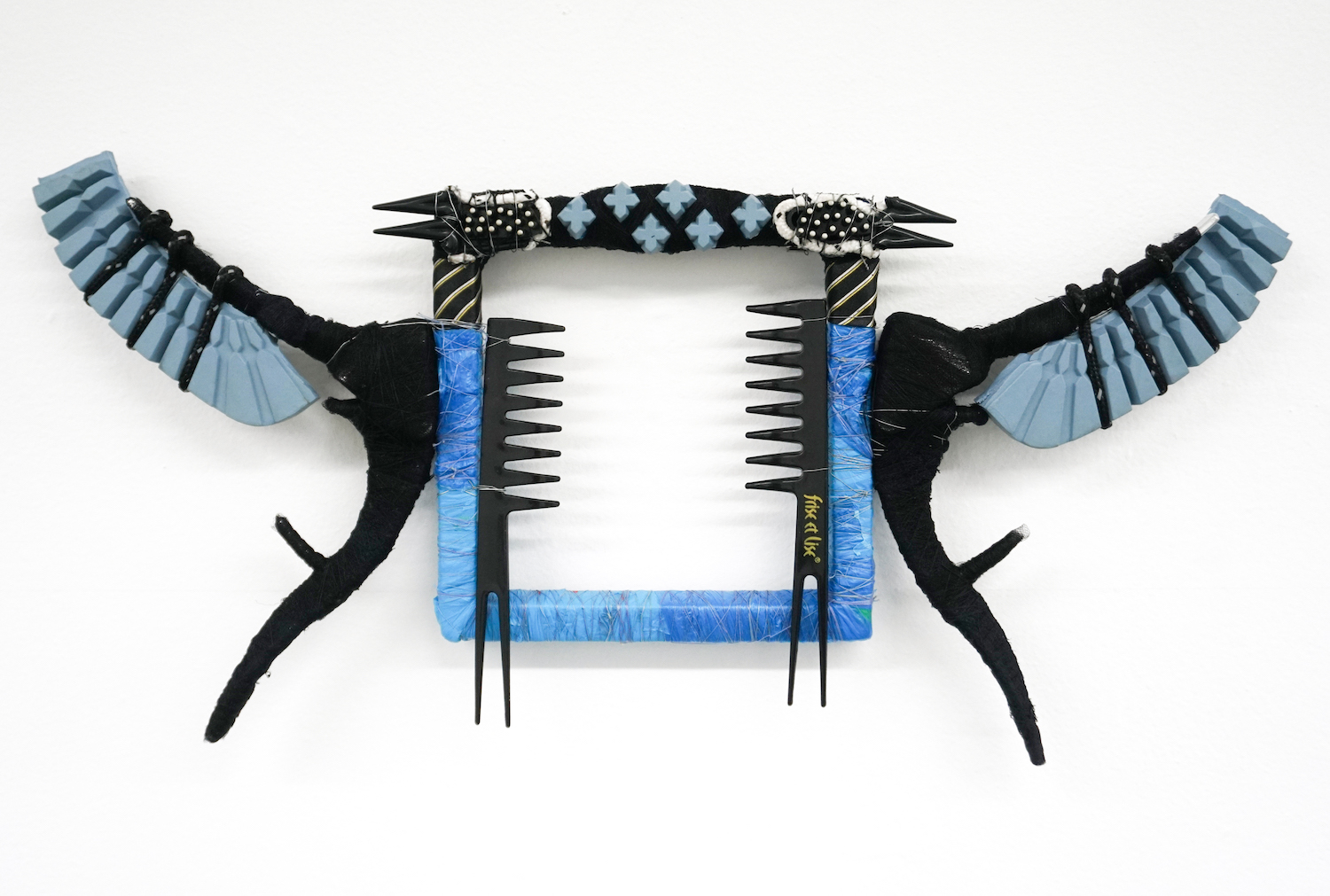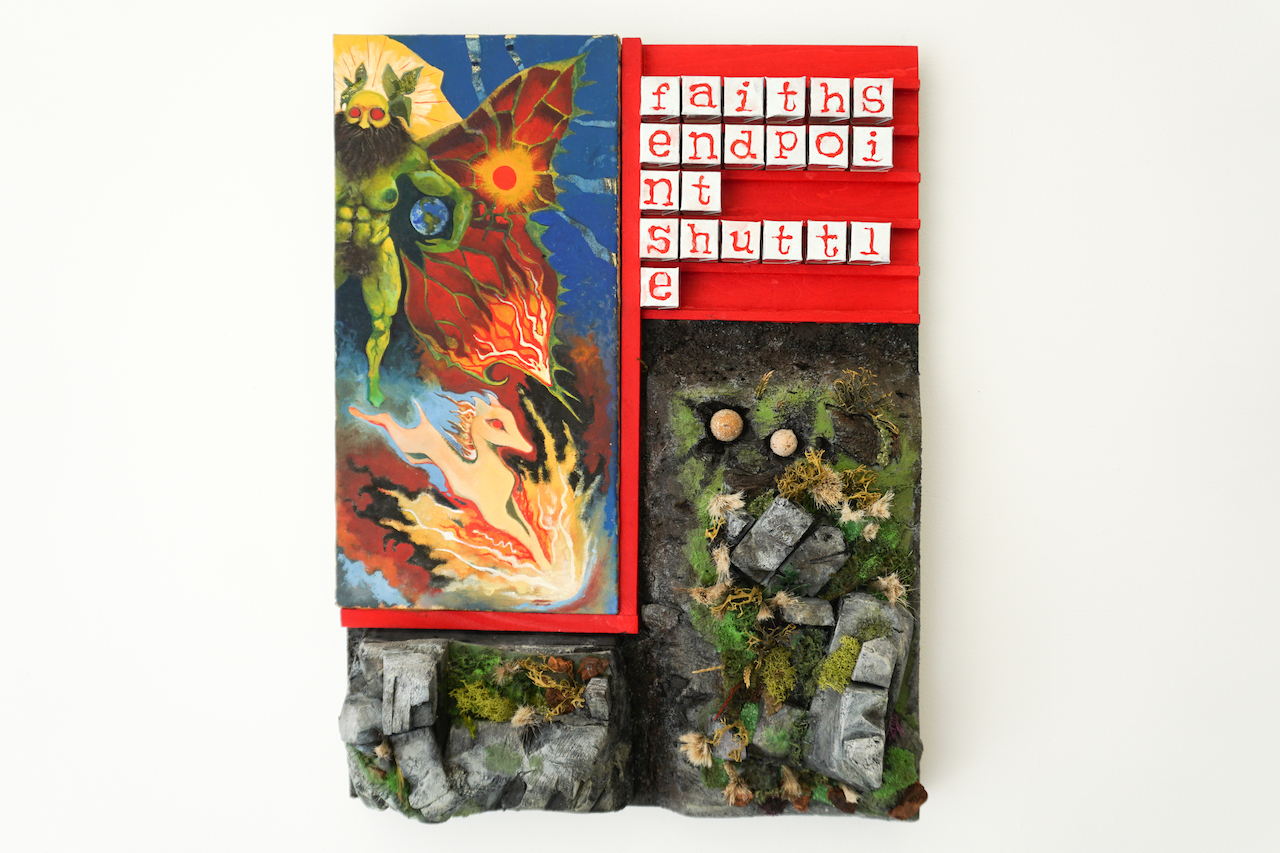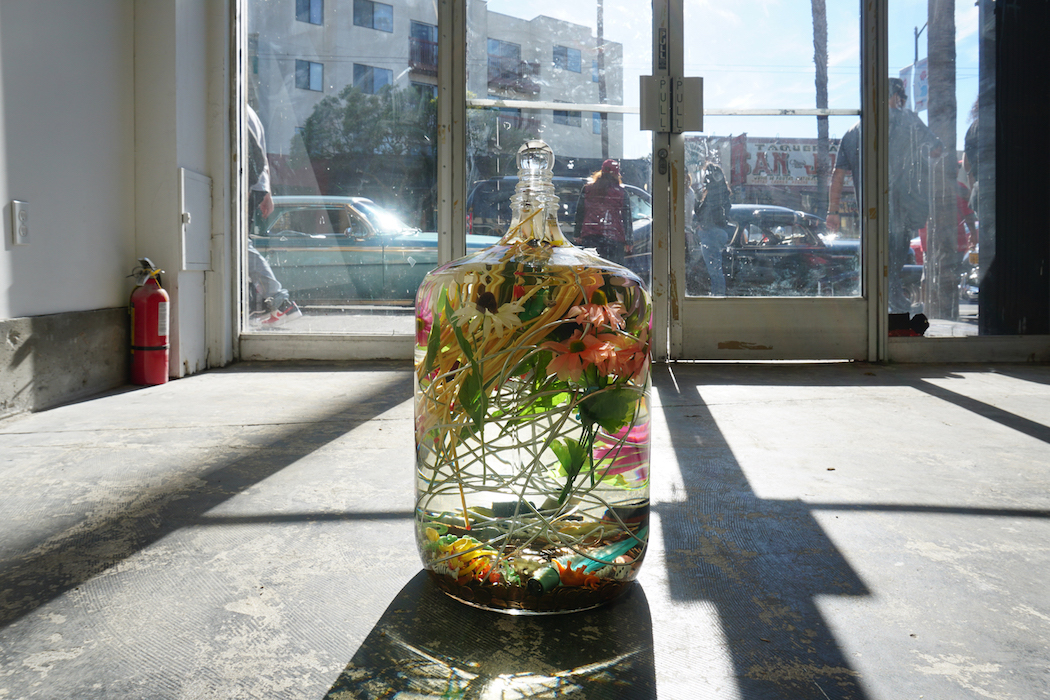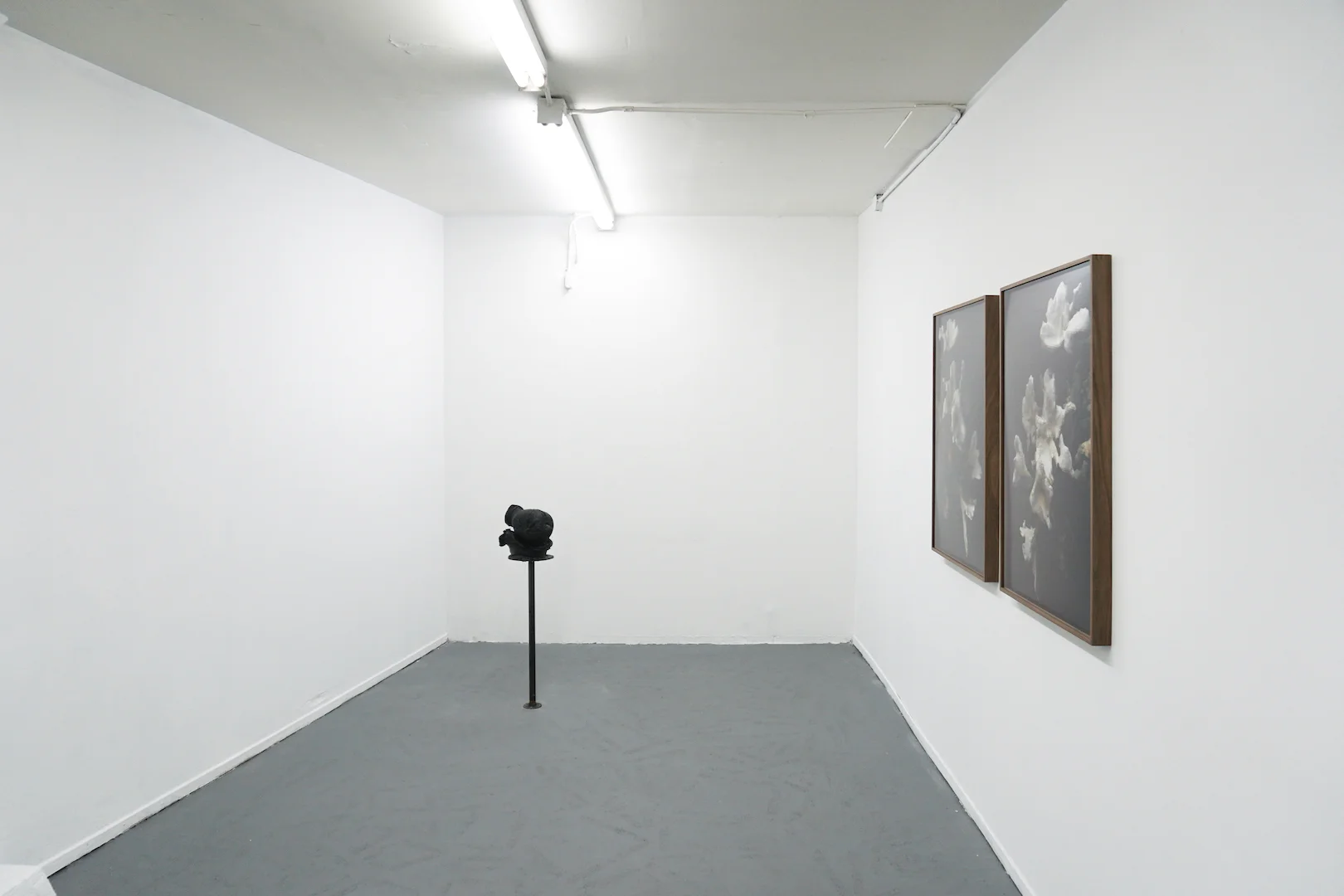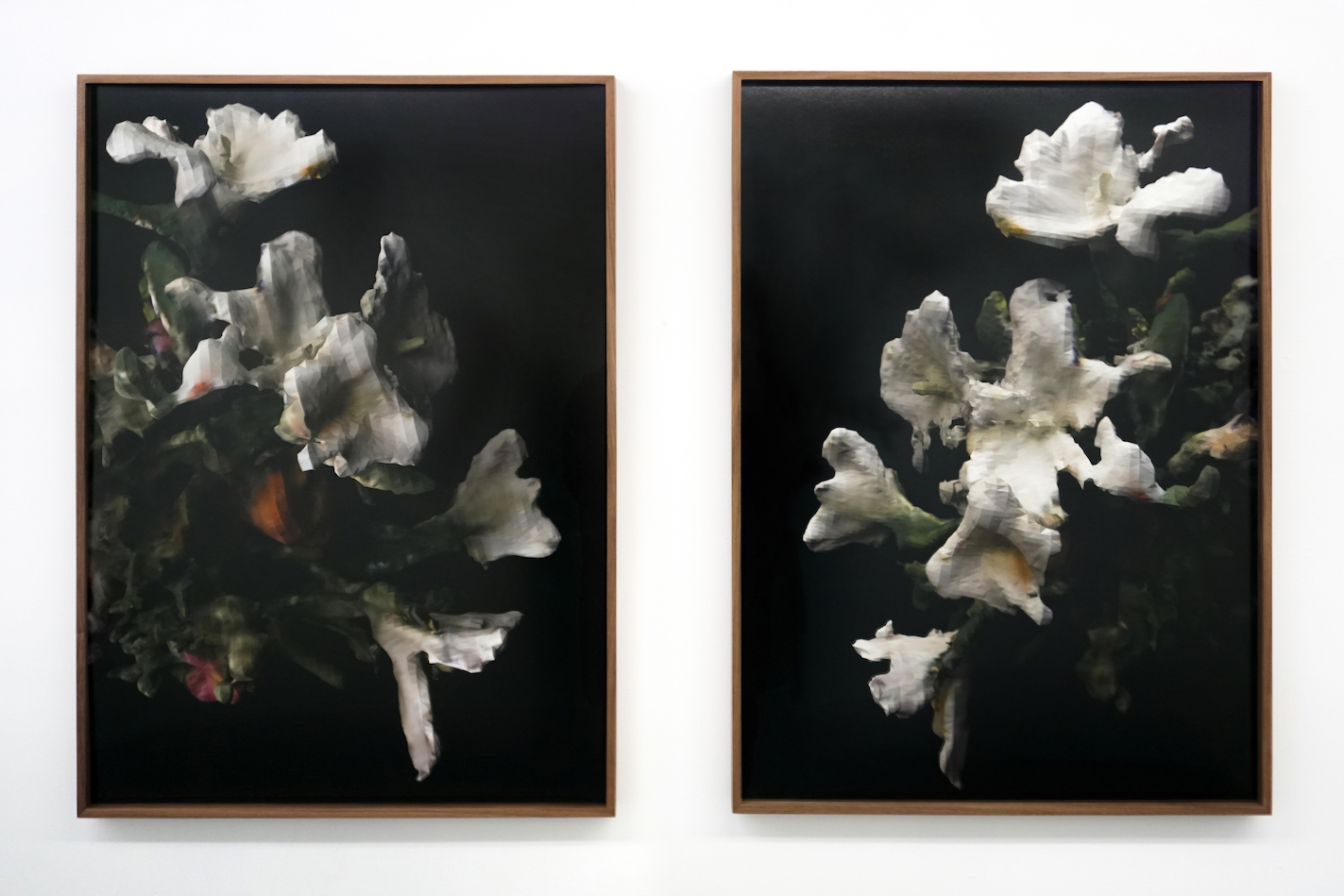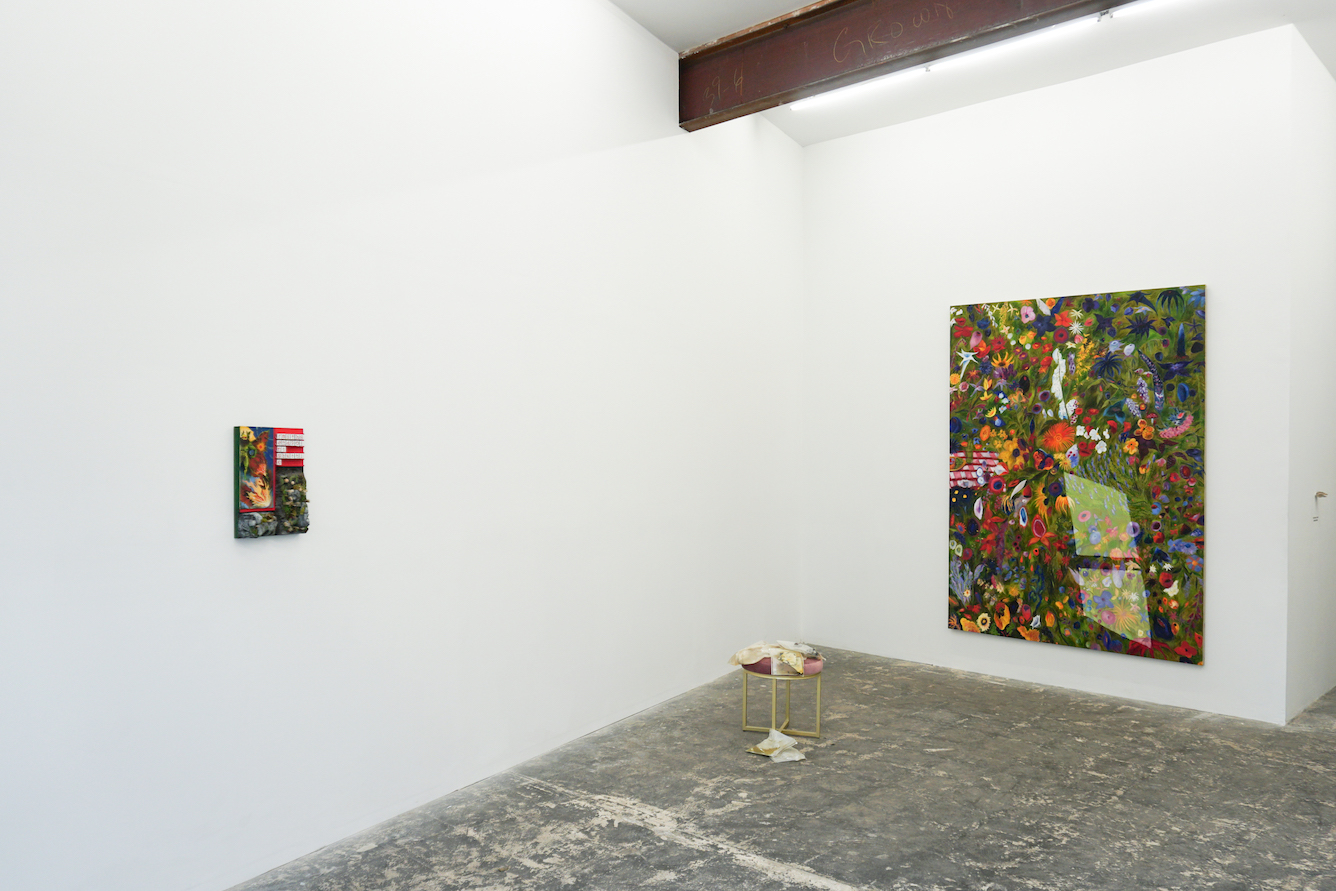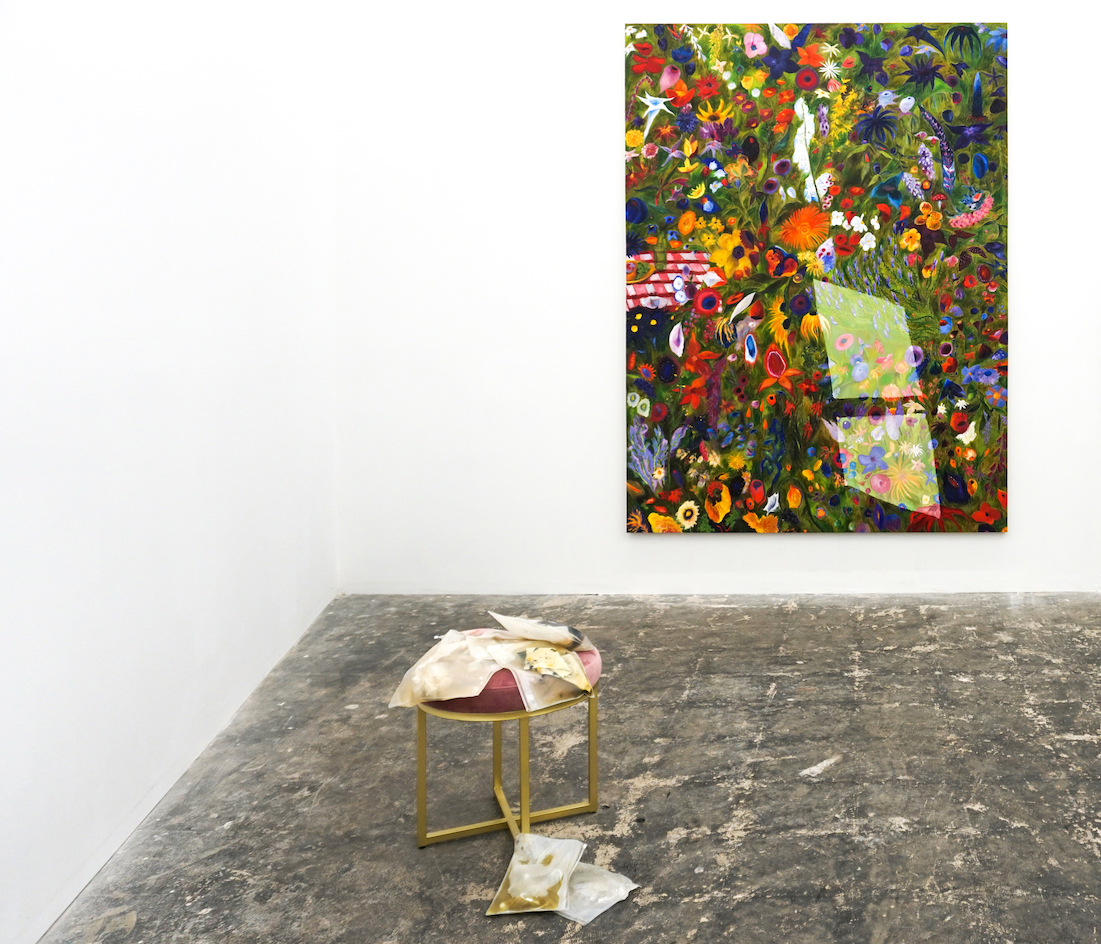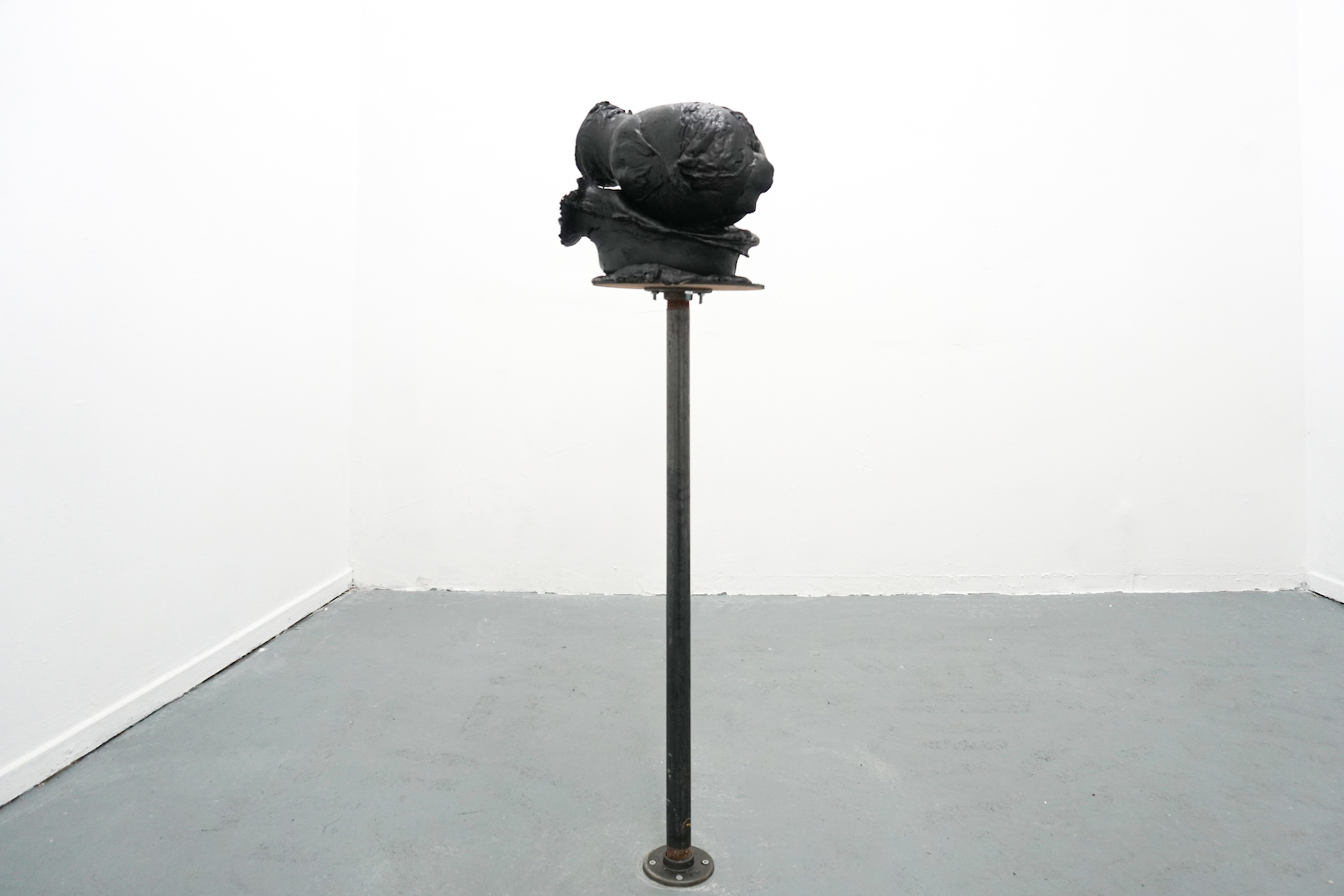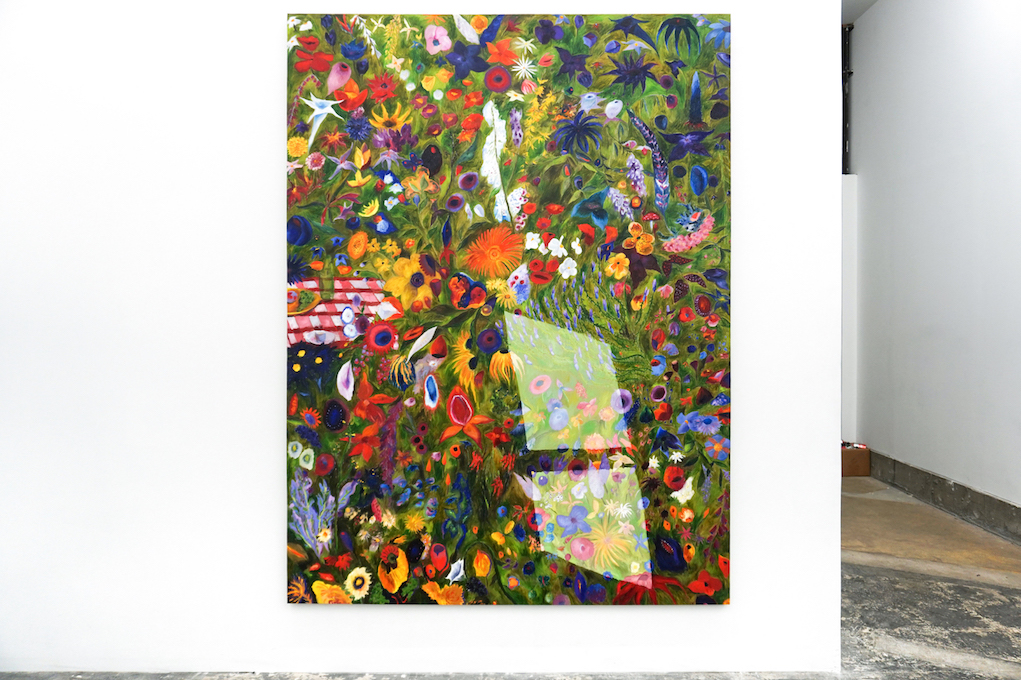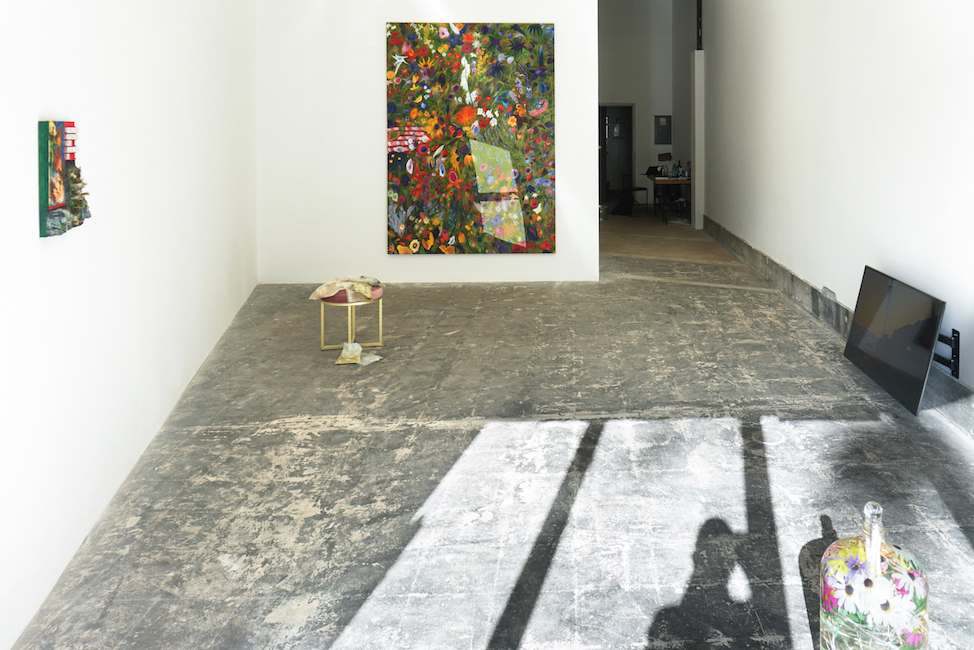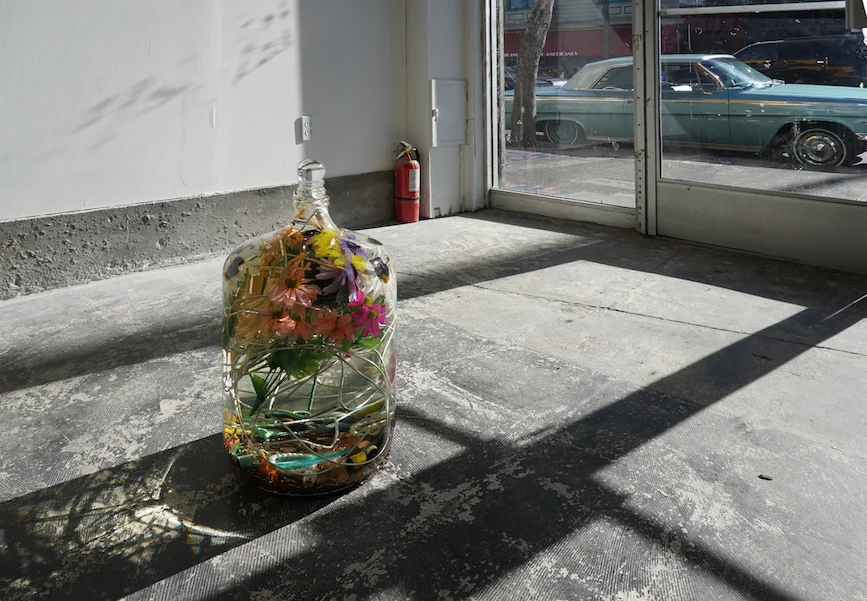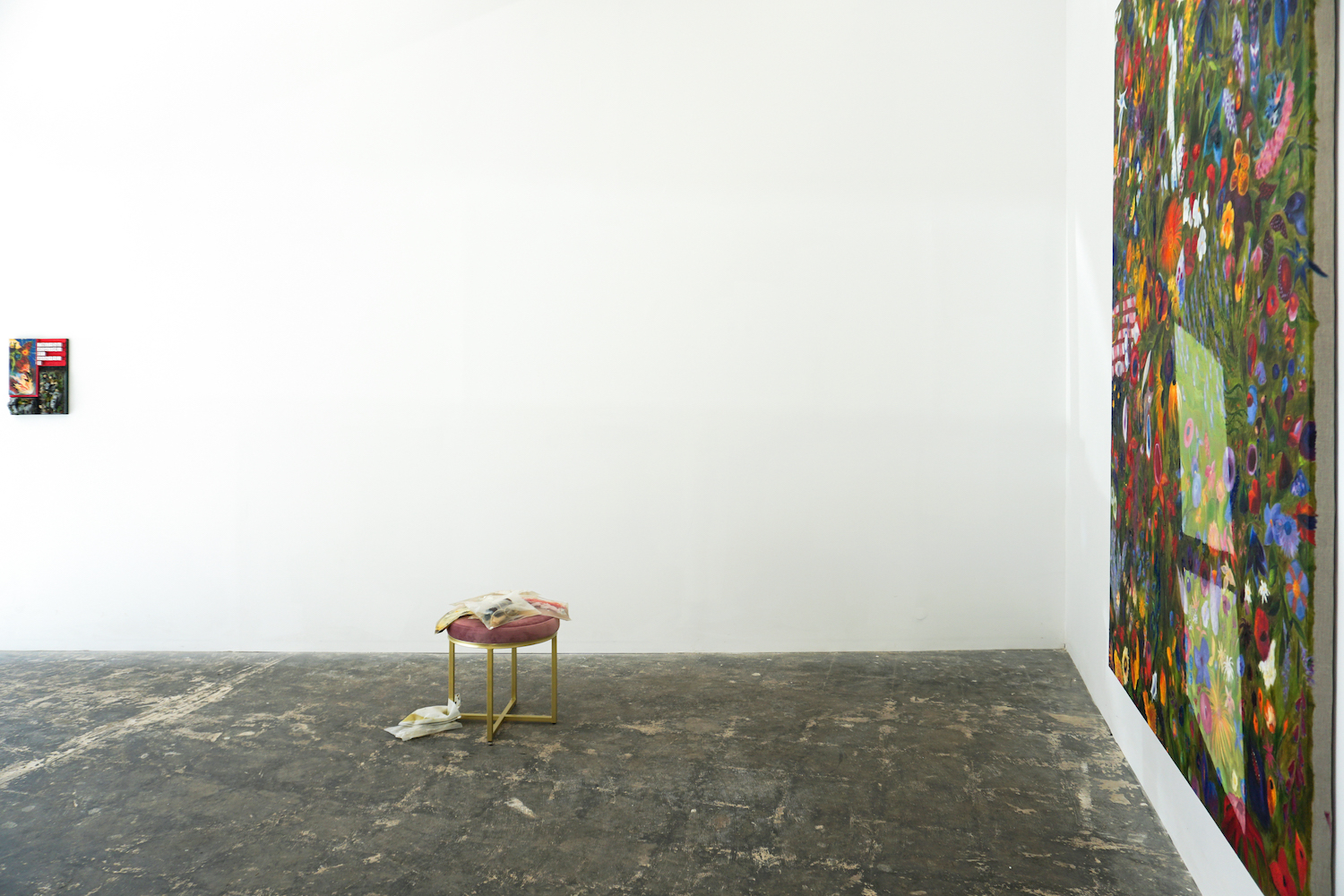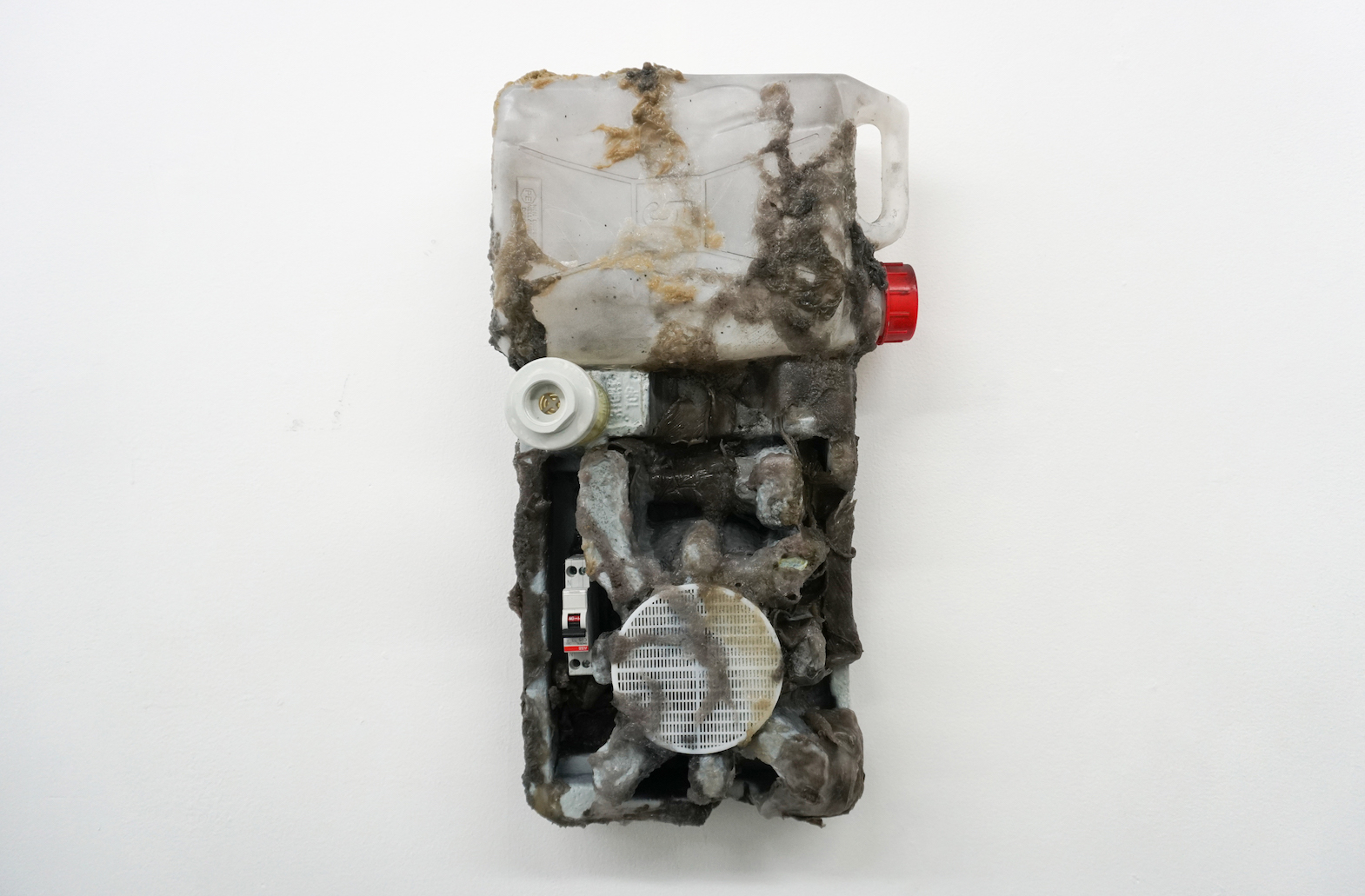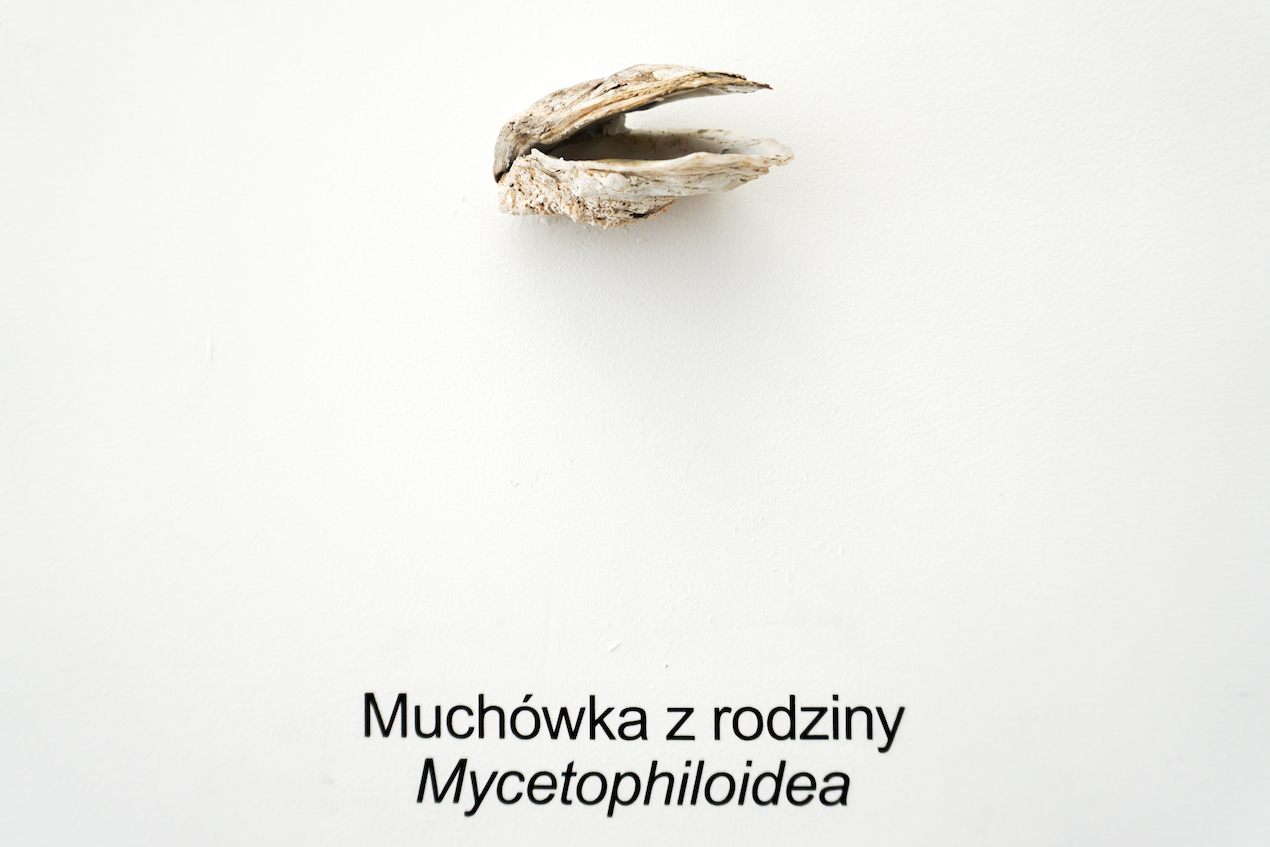Man-Thing vs. Swamp Thing
Jason Benson
Srijon Chowdhury
Michele Gabriele
Monia Ben Hamouda
Rhonda Holberton
Lazaros
Brandon Ndife
Porpentine Charity Heartscape
Adriana Ramic
Anna Solal
Andrew Norman Wilson
Co-curated by Anthony Discenza
@
Et al.
620 Kearny Street
(Beneath Union Cleaners)
San Francisco, CA 94108
Et al. etc.
2831 Mission Street
San Francisco, CA 94110
In Chinatown
July 5 - August 11, 2018
In the Mission
July 7 - August 4, 2018
The intensely competitive nature of the comic book industry has tended to result in a certain degree of creative overlap over the years; hence it’s not uncommon for superheroes created by different publishers to share highly similar abilities and origin stories. But perhaps not two comic book characters share the degree of similarity enjoyed by Swamp Thing (DC comics) and Man-Thing (Marvel). In terms of appearance, abilities, and backstory, the two are virtually identical. Originally human, both characters started out as scientists, working in secret to develop formulas for enhancing human biology. Both victims of espionage and betrayal, each is forced to flee into the swamps with their research, only to be killed and subsequently transmuted into monstrous swamp-beings, bizarre human-plant hybrids endowed with strange powers and endless regenerative abilities. Despite being composed of swamp-muck and somewhat hideous in appearance, both characters are portrayed as healers and protectors: Swamp Thing, a plant elemental with the memories of human Alec Holland, is the emissary and defender of The Green, the combined awareness/energy of all plant-based life in the universe, while Man-Thing—barely sentient, more an inchoate, empathic mass than a thinking being—serves as the guardian of The Nexus of All Realities, the convergence point of multiple dimensions (which for some reason happens to be the Florida Everglades).
Of course, beyond insulating against possible claims of intellectual property infringement, the superficial differences in the two characters actually serve to articulate and dimensionalize the underlying concepts they both embody. Central to both is the idea of the swamp as a mystical, funky cauldron of life: a site of both hypertrophied fecundity and decay; the biological in its most unfettered and incipient. Given that their material forms are constituted and regenerated from the swamp’s living mass, both Swamp Thing and Man-Thing can be seen as existing within and embodiments of a series of productive indeterminacies: between animal and vegetable; living and inanimate; thinking and being; singularity and plurality. Both are literal hyper-organisms: each can be read simultaneously as an individuated entity and as a localized manifestation of a vast, interconnected biological network extending throughout the very fabric of existence. Held up against the light of emerging biologic research, Swamp Thing and Man-Thing might also suggest the notion of the holobiome—the seemingly singular organism revealed as acomposite of countless life forms all acting as one—amplified to superheroic scale. But, atypically for superheroes who tend to function as fantasies of individual agency, both Swamp Thing and Man-Thing reflect a fundamentally more holistic conception of life—perhaps even of reality itself—as made up of an inseparable continuum of entangled and interconnected systems. So while we started out with comic books, it turns out our swampy heroes have actually brought us to a consideration (albeit a somewhat pulp-inflected one) of what contemporary philosopher Timothy Morton has described as the mesh: “a strange infinite network that has neither inside nor outside.”
We’ll ‘fess up: the title of the current exhibition(s) is something of a red herring; merely a bit of cognitive clickbait borrowed from the vernacular of comic book covers. The show isn’t about an epic showdown between rival heroes, or swamps, or even the biological. And despite the “versus,” it certainly isn’t about oppositionality or difference. Instead, it’s about their breakdown; the collapse and intermingling of seemingly disparate systems, materials, and ideas into a space of unruly hybridity. The artists in the show all reflect an emergent awareness of the limitations of a worldview based on separation and division; a recognition that, below the outer appearance of things, beyond the seeming separateness of the objects and entities we encounter, under the surface of our illusions of self, lies nothing but a vast and continual process of exchange, emergence, decay, and transformation. This show is interested in proposing something stranger than its title may initially suggest — the possibility that we, and everything around us, are both made of and blending into everything else, even while seemingly apart.

